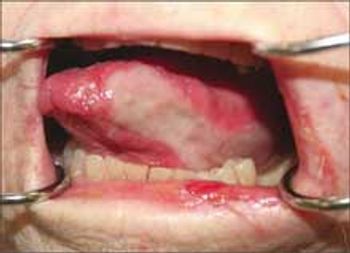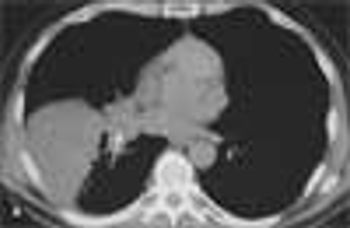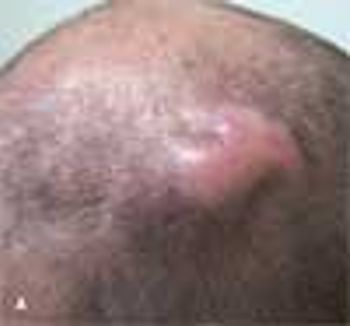
Benign prostatic hyperplasia (BPH)-histologically defined as stromal and epithelial hyperplasia beginning in the periurethral transitional zone of the prostate-affects up to 80% of 80-year-old men.[1,2] With progressive prostatic enlargement, bladder outlet obstruction can result. Although the exact mechanism is unknown, lower urinary tract symptoms (LUTS) can signal progressive BPH.




















































































































































































































































































